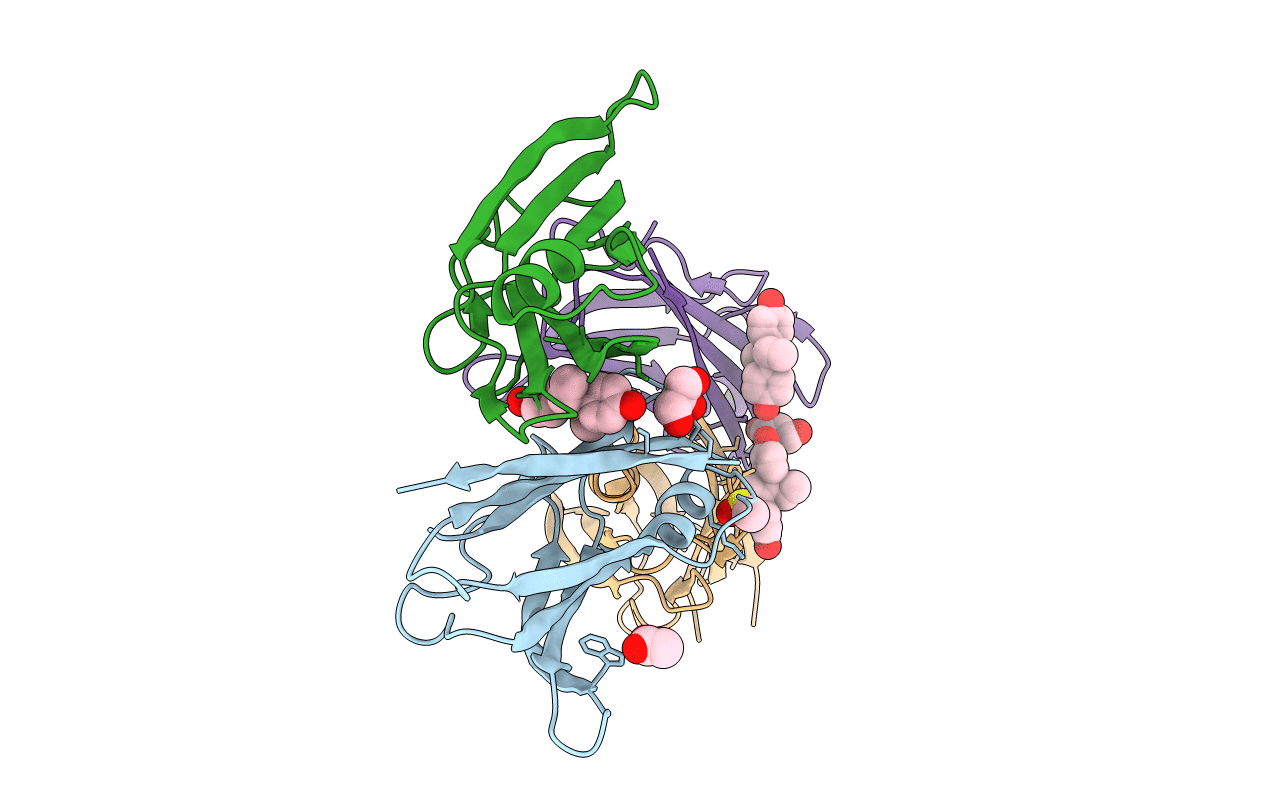
Deposition Date
2004-07-09
Release Date
2004-10-12
Last Version Date
2023-08-23
Entry Detail
PDB ID:
1TZ8
Keywords:
Title:
The monoclinic crystal structure of transthyretin in complex with diethylstilbestrol
Biological Source:
Source Organism:
Homo sapiens (Taxon ID: 9606)
Host Organism:
Method Details:
Experimental Method:
Resolution:
1.85 Å
R-Value Free:
0.22
R-Value Work:
0.19
R-Value Observed:
0.19
Space Group:
C 1 2 1


